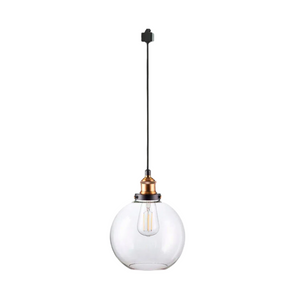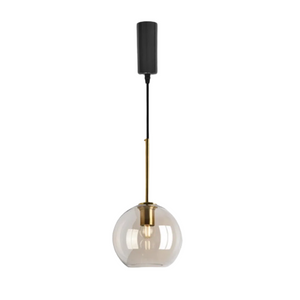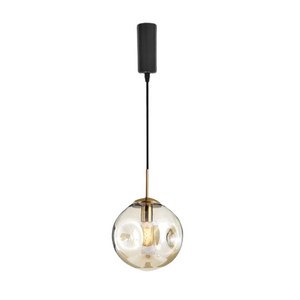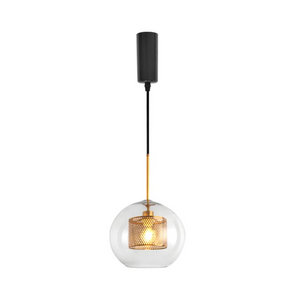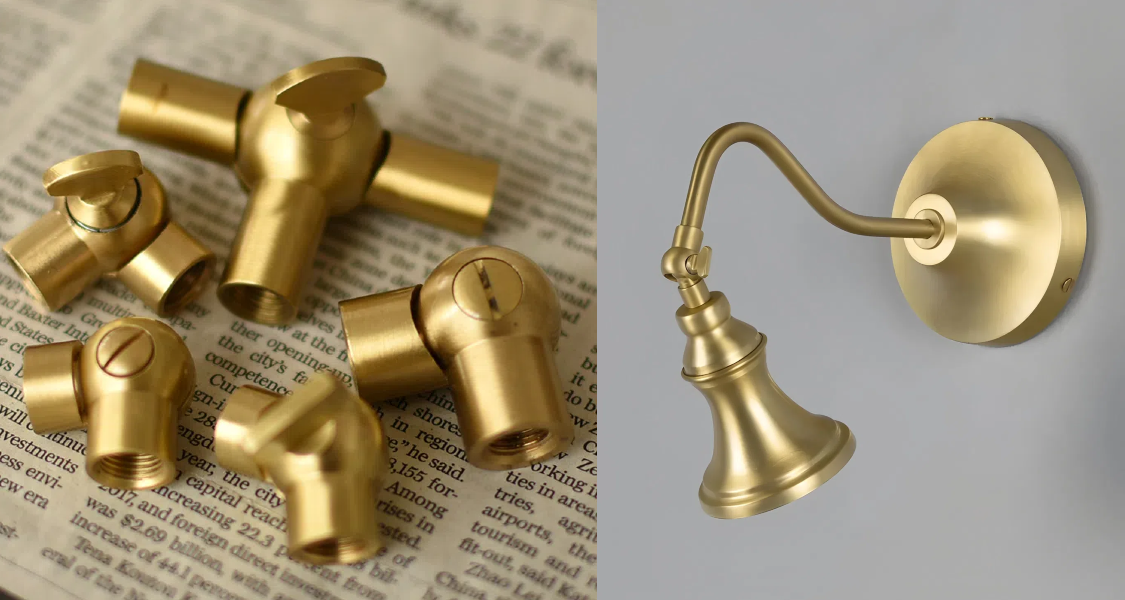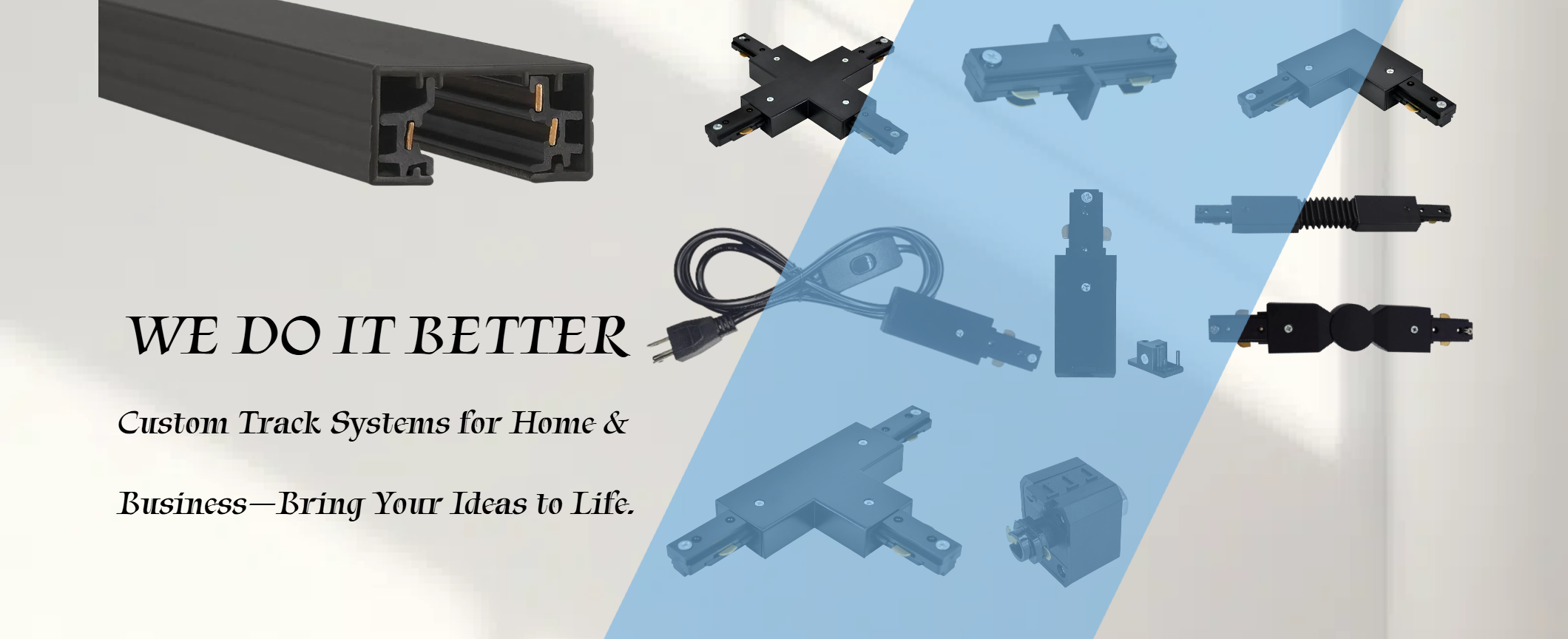
Track lighting seems straightforward until you run into those confusing H, J, and L designations at the store. The reality is that each track light system uses completely different connectors, so your H track lighting fixtures won't fit on J-track rails no matter how hard you try. Think of it like trying to plug a USB-C cable into a USB-A port - the shapes just don't match.
This means once you pick a track light rail system, you're committed to buying all your fixtures from that same category. Smart shoppers figure out which type they need before they start buying individual track light components.
H Track vs J Track vs L Track Comparison
| Feature | H Track | J Track | L Track |
| How Many Metal Strips | 2 strips in center | 1 strip on side | 3 strips |
| Easy to Find | Yes - everywhere | Some stores | Very hard to find |
| Number of Fixture Options | Hundreds | Limited | Very few |
| Starting Price | $20 | $50 | $100+ |
| Fixture Price Range | $15 - $200 | $30 - $300 | $50 - $500 |
| Best For |
Home use Budget projects |
Commercial Professional |
Special needs Complex setups |
| Parts Available Later | Always available | May be hard to find | Often discontinued |
| Can Mix with Other Types |
NO - NEVER COMPATIBLE Once you pick one type, you're stuck with it forever |
Why You Can't Ignore Your Track Type: The Golden Rule of Incompatibility
The greatest error individuals commit with track lighting is to think that all systems are compatible - they definitely are not. When you put in a particular track light rail system, you're committed to that format for every subsequent fixture and accessory. Here is why compatibility of tracks is so crucial:
1. Physical Incompatibility is Built-In
H track lighting, J type track lighting, and L-track systems all feature different connector shapes that make mixing and matching impossible. This is no accident - companies produce incompatible systems intentionally to prevent cross-use.
2. Electrical Contacts Won't Match
Power contact points also sit differently on each type of track light rail, so even forced connections will not conduct electricity correctly. Incorrect combinations form dead fixtures and possible safety risks.
3. There Are No Cross-System Solutions
There are no converters or adapters manufactured by makers between H, J, and L track systems, since incompatibility is intentional. You are stuck with whatever track light system you buy from day one.
4. Mixed Systems Void All Warranties
Mixing incompatible pieces together voids your warranty on all the parts immediately. The manufacturers only warrant performance when their J type track lighting or H track lighting remains within the same system family.
5. Future Purchases Are Limited Forever
Once you've installed, your choice of track light rail limits all subsequent fixture shopping to the same type and only that type. This incompatibility requirement never alters, so your first system choice is a lifelong commitment.
Once you've committed to a specific track system, proper planning becomes essential for achieving the best lighting results. Check out our comprehensive planning resource to design an effective layout before making your final purchase decisions. Now, let's examine how to identify different track types.
How Can You Tell H, J, and L Tracks Apart?

Determining your track lighting type does not necessitate the use of special equipment or technical know-how - all you need is to know what to look for. The distinctions between H track lighting, J type track lighting, and L-track systems are apparent and simple to identify once you know what the defining characteristics are. Regardless of whether you're purchasing new fixtures or attempting to match other track light pieces you already have, these visual indications will allow you to identify precisely which track light rail system you have.
H-Track Has Two Copper Strips Running Down the Middle
Peer down at your track light rail from below, and you'll notice two parallel metal or copper strips in the center channel. H track lighting systems consistently have these two strips set apart by a plastic divider, forming an H-shape when you gaze at the cross-section. If you notice precisely two metal contact strips, you have an H-track.
J-Track Contains a Single Metal Strip on the Edge
J-type track lighting possesses one metal contact strip that is placed along one edge of the track light rail instead of down the middle. Turn the track upside down, and you will see this single copper strip running down the side groove, not through the center like H-track. This side-mounted strip is the dead giveaway for J-track systems.
L-Track Has Three Separate Contact Strips
L-track systems contain a total of three metal contact strips, instead of one or two. These three strips are typically parallel to each other along the track light rail, which provides more electrical control complexity. Count the metal strips - three in view, you have an L-track.
Match Your Fixture Connector to the Track
Take a track light fixture you have now and look at the metal contacts on the connector portion. The H track lighting fixtures will have two metal tabs, J type track lighting fixtures will have a single contact that is side-mounted, and the L-track fixtures will have three points of contact. The connector of the fixture will always match the track type.
Find the Letter Imprinted on the Hardware
Most manufacturers mark or emboss the track type right on the track light rail itself - look for a small "H," "J," or "L" stamped into plastic or metal. You might also find this information on packaging, product labels, or in the installation manual that came with your system.
Which System Should You Choose? A Comparison of Availability and Selection

Choosing the right track lighting system isn't just about technical specifications - it's about what you can actually buy and how much it will cost you over time. The availability of H track lighting, J type track lighting, and L-track systems varies dramatically, which directly affects your fixture options, pricing, and long-term satisfaction. Here's how the three systems stack up in the real world marketplace.
H-Track Offers the Most Options Everywhere
H track lighting dominates the residential market with the widest selection of fixtures, styles, and price points. You'll find H-track systems at Home Depot, Lowe's, Amazon, and virtually every lighting retailer, giving you hundreds of track light options from budget-friendly to high-end designer fixtures. This popularity also means competitive pricing and frequent sales.
J-Track Has Limited but Quality Choices
J type track lighting appears primarily in commercial and architectural applications, so your fixture selection will be much smaller than H-track. Most big box stores don't carry J-track systems, forcing you to shop at specialty lighting stores or online retailers. However, the available track light fixtures tend to be higher quality and more professionally oriented.
L-Track Is Hard to Find and Expensive
L-track systems have the smallest market presence, making track light rail components difficult to source and expensive when you do find them. Many retailers don't stock L-track at all, and you'll often need to special order fixtures with longer wait times. The limited competition also drives up prices significantly compared to H-track alternatives.
Replacement Parts Availability Matters Long-Term
When your track light fixtures need replacement in five or ten years, H track lighting parts will still be everywhere while J type track lighting may require hunting through specialty suppliers. L-track replacement parts often become discontinued entirely, potentially forcing you to replace your entire system just to add one new fixture.
Budget Impact Varies by System Type
H-track systems start as low as $20 for basic track light rail kits and offer fixtures from $15 to $200+ per piece. J-track pricing typically begins around $50 for starter kits with fixtures ranging from $30 to $300 each. L-track systems command premium pricing with starter kits often exceeding $100 and individual fixtures costing $50 to $500 or more.
With such versatility and wide availability, homeowners have discovered numerous innovative applications beyond basic ceiling installations, transforming ordinary spaces into stunning visual experiences with strategic fixture placement and creative mounting techniques.

Frequently Asked Questions (FAQ) about Track Lighting
Q1: Can H, J, and L track light fixtures be used interchangeably?
No, they absolutely cannot be mixed. Each track light rail system has completely different connector shapes and electrical contact points that make cross-compatibility impossible. H track lighting fixtures only work with H-track rails, J type track lighting only fits J-track systems, and L-track fixtures are exclusive to L-track rails.
Q2: Is H-track the most common type available?
Yes, H track lighting dominates the residential market, especially in North America. You'll find H-track systems in virtually every home improvement store, lighting retailer, and online marketplace. This popularity means better pricing, more fixture options, and easier replacement part availability compared to other track light systems.
Q3: Can I mix different brands within the same track type?
It's not recommended, even when using the same track type like H track lighting from different manufacturers. While the basic connector shape might be similar, different brands have slight variations in tolerances and dimensions that can cause poor connections, loose fixtures, or electrical problems. Stick with one brand and model line for your entire track light rail system to ensure proper fit and performance.
Q4: Should I choose single-circuit or dual-circuit track lighting?
Single-circuit tracks power all fixtures together with one switch, making them simpler and less expensive - perfect for basic lighting needs. Dual-circuit track light systems let you control two separate groups of fixtures independently, allowing you to create different lighting scenes or turn on just part of your track lighting. Choose dual-circuit if you want more control flexibility, but expect to pay 20-30% more for the track light rail and compatible fixtures.
Pick the Right Track Light System and Stick With It
The bottom line is simple: H track lighting, J type track lighting, and L-track systems don't work together, so choose carefully from the start. Most people should go with H-track since it's everywhere and has tons of fixture options at every price point. Before you buy anything, figure out what track light rail system you currently have or decide which one fits your budget best. Get a complete starter kit from one brand and you'll avoid all the compatibility headaches that trip up most DIYers.
